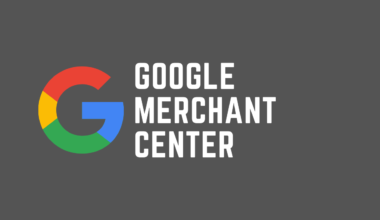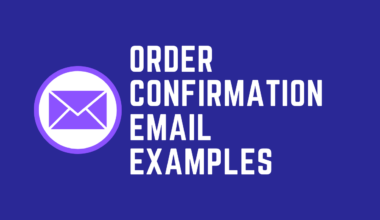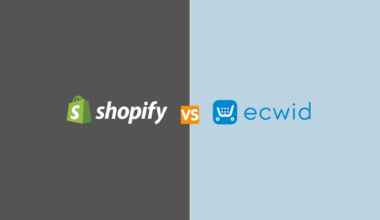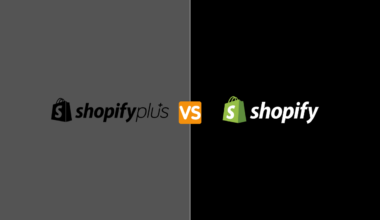Programmatic advertising for Your eCommerce Store is the automated buying and selling of digital advertisements. As far as I know, it’s the future of online marketing.
After all, it decreases the overall advertising costs, brings proper optimization, and targets the right public.
To find out how can we implement it, go through these 5 easy steps:
Table of Contents
Step 1: Prepare Effectively
The first step is to define what the business needs to achieve. Research about the niche, set the goals, and develop a creative strategy.

The advertising goals can be:
- Increasing brand awareness and reaching new audiences
- Decreasing ads costs
- Increasing sales
- Boosting traffic and engagement
- Improving ROI targeting audiences outside the familiar network
- Automating the media buying activities or any other advertising metric
Other than this, creative strategies can be:
Personalized and dynamic ads as short videos. Other than this, animations have been considering more effective than the traditional banner displays. (Google Ads)
programmatic native ads on the other hand blend in the content of the website they are shown on.
And In-app programmatic ads, there’s a special category of programmatic display campaigns that run exclusively in mobile apps.
Overall, each method permits reaching out to potential customers in a slightly different way.
Step 2: Define The Target Audience & Sign Up for A Demand-Side Platform (DSP)
Creating an ad campaign on a well-known platform like Facebook or Google will allow the eCommerce business to design their target audience options including:

- Category
- Browser
- Operating system
- Location
- Language
- Real-time analytics tracking the ad campaign without delays in reporting
- Support of all major Interactive Advertising Bureau (IAB) video, banner, and mobile ad formats
- Data transparency and unlimited access to advertising data
- Ad spend allowing setting up budgets
- And much more!
The goal of targeting is to ensure the ads are reaching out to potential customers, and combined with the right DSP, businesses can largely improve their results.
Note: DSP refers to the demand-side platform, which is software that makes it possible for advertisers to run ads on autopilot.
Step 3: Choose a Campaign Type & Set up the Campaign
The advertising goal determines the settings of the programmatic advertising. Once a DSP is chosen, specify the parameters of the campaign.

There are two main labeling criteria: Insertion orders and line items.
According to Google Ads Manager:
Insertion order (IO) is an agreement between the publisher and the advertiser to run an ad campaign. It contains information about the inventory ad campaign like the start and end dates, target audiences, the number of impressions, the pricing structure, and the costs negotiated for the ad campaign.
Line items contain information about how specific ad creatives are intended to serve a website or an app, along with pricing and other delivery details. Line items always belong to an order and can only belong to one order. Orders can have multiple line items. But yes, line items are created directly for traditional campaigns.
Step 4: Launch
Once all the steps are done, the eCommerce store is ready to launch its advertising campaign.

Follow the instructions on the chosen DSP and publish the defined creative advertising. Therefore go ahead, choose your traffic sources and upload the material.
Step 5: Leverage Data to Enhance Target Strategy
Once the advertising campaign is live, it’s essential to continually analyze the data and reports to make adjustments over time to optimize the ad performance.

Programmatic advertising requires quality and valuable data which is useful for making predictions, gaining insights, personalizing the content, attracting new customers, and driving sales.
On a good DSP, it’s possible to check the user’s behavior by analyzing the information gathered directly from the clients. It includes data about behaviors and interests, actions on the website or the apps, Customer Relationship Manager (CRM), survey results, subscription information, and customer feedback.
The Bottom Line
The success of an eCommerce business depends not only on the quality of the products commercialized, but the visibility it gets through advertising.
The business has to be seen by its potential clients and digital advertising is crucial to increase the reach.
Preparing an adequate ad, setting goals, and picking a good DSP are part of the road to success.
All in all, mastering programmatic advertising is essential to lower the costs and reach the correct audience, and with the right strategy, it can be extremely lucrative for the online business.






